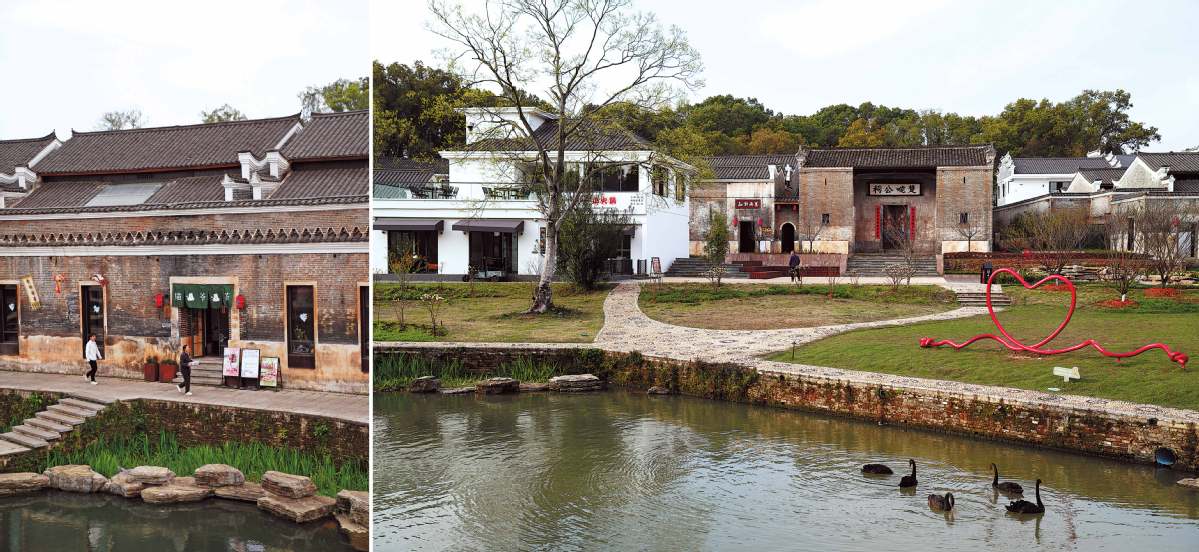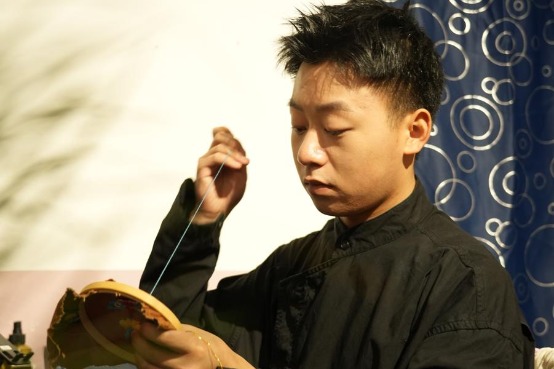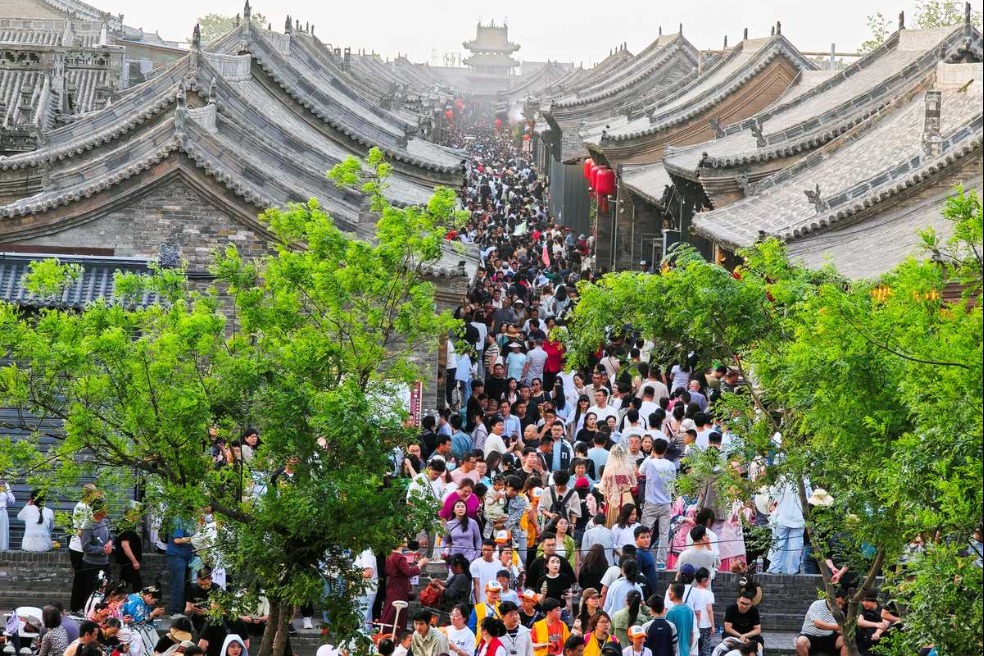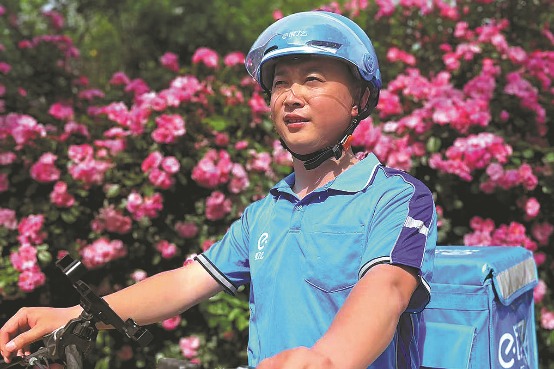Village restores agricultural soil with organic content


NANCHANG — Tucked into the undulating hills of Ji'an city in Jiangxi province, Diaoyuan village has stood for over 1,100 years — the layout from above bearing a striking resemblance to a Taoist tai chi diagram. A winding ridge splits the landscape, encircled by more than 20,000 ancient camphor trees, some once pushed to the edge of survival by degraded soil.
For the 11th time, Kasem Soytong, a professor from Thailand's King Mongkut's Institute of Technology Ladkrabang, crouched to collect soil samples. After nearly two years of microbial technology interventions, the once-compacted, acidic soil of Diaoyuan now meets green standards, with improved organic content and texture.
Diaoyuan, founded in the late Tang Dynasty (618-907), embodies China's agrarian heritage. Yet years of neglect left it grappling with erosion and ecological decline. Four years ago, local authorities partnered with Alor Valley, a boutique hospitality brand, to awaken the "sleeping" village. "Restoring ancient architecture wasn't enough — we needed to heal the ecosystem," said Sun Zhiming, general manager of Alor Valley's Diaoyuan project. He turned for solutions to Soytong, a 30-year veteran of organic agriculture and biodiversity research in China.
Initially captivated by Diaoyuan's natural and cultural charm, the harsh realities soon became clear to Soytong: soil and water tests revealed severe chemical contamination. The cleanup would be far from easy.
Reviving the camphor trees required rebuilding the soil's health, yet Soytong's approach was unconventional. Using village waste — rice straw, fallen leaves and kitchen scraps — his team created organic fertilizer through microbial degradation, feeding the earth with its own nutrients.
Skepticism ran high among villagers. "Isn't this just compost? How is that 'high-tech'?" questioned those initially unimpressed by Soytong's soil improvement methods. They argued that traditional chemical fertilizers worked just as well — if not better — for boosting crop growth, and were far more efficient.
The Thai professor explained that long-term use of synthetic fertilizers acidifies soil, causes compaction, and leaves toxic residues that pose health risks. To prove his point, he tested the technology on a small vegetable plot, banning chemicals entirely.
His approach cultivated pollution-free, high-quality soil, enabling truly organic and eco-friendly crop cultivation. The visible results soon won over skeptical villagers. Now, working with the professor, they monitor soil acidity and use only organic amendments.
"The vegetables tasted fresher and looked more vibrant," said Li Zhi, a resident of the village.
Thanks to its superior quality, Diaoyuan's organic rice became highly sought-after by consumers.
"Last year, our 50,000-kilogram organic rice harvest commanded 44 yuan ($6.10) per kg, up from 4 to 6 yuan previously," said Li Weichao, who oversaw Alor Valley's agricultural division at Diaoyuan.
He noted that Soytong's soil restoration technology has already been implemented across 33 hectares of farmland in the village, with another 33 hectares planned for this year.
From barren fields emerged a thriving ecosystem: once-fetid ditches now teem with fish, ducks and frogs. In 2024, Diaoyuan was recognized by the Association of Agricultural Technology in Southeast Asia as a green eco-resort village.
"This year, we plan to build a large-scale microbial composting station to produce tailored organic fertilizers," Soytong said, adding that it will advance agricultural technology exchange between Thailand and China.
Xinhua
- Village restores agricultural soil with organic content
- Nation's Red Cross earns intl recognition
- Beijing to host world's first humanoid robot games
- China's experience in cultivating mushrooms grows on Indian farmers
- Xi's speech, honored model workers prove motivational
- China launches emergency response, alerts for natural disasters






































